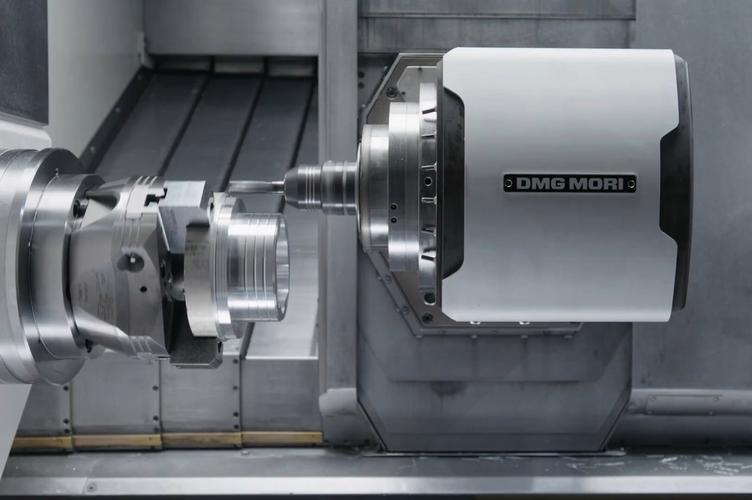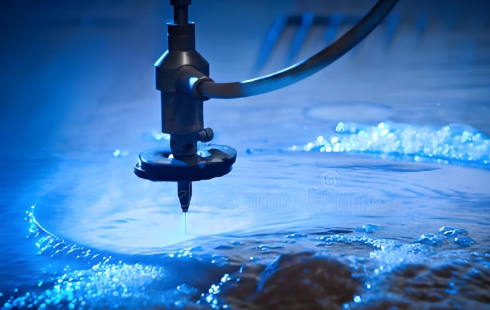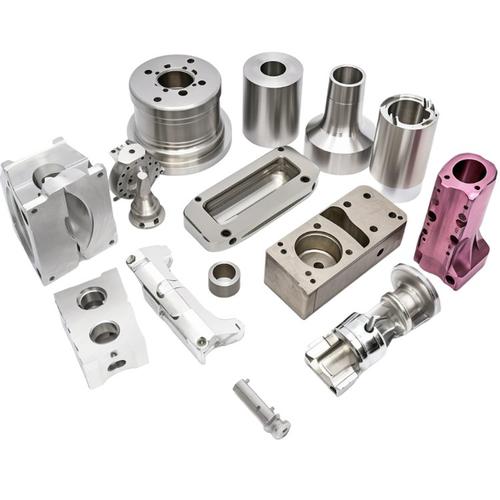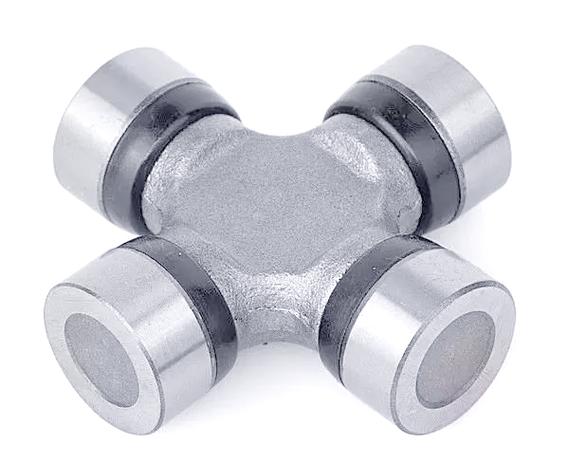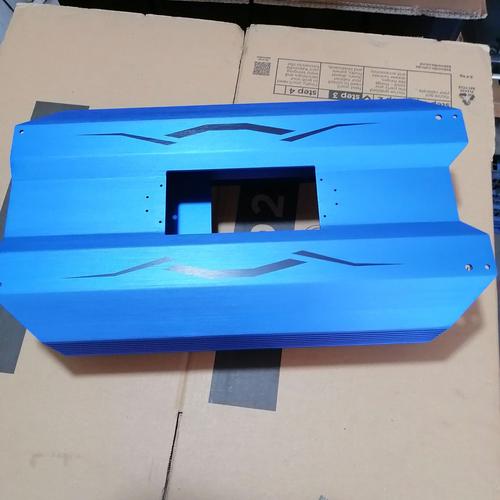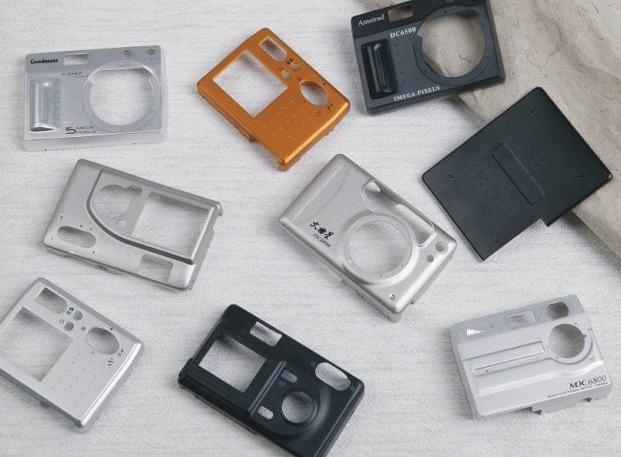Improving the high-temperature resistance of plastic parts involves selecting heat-resistant base materials, modifying formulations with additives, optimizing processing parameters, and designing appropriate structures. These measures enhance the plastic’s ability to withstand elevated temperatures without deformation, degradation, or loss of mechanical properties, making them suitable for high-heat environments.
Detailed Analysis on Enhancing High-Temperature Resistance
1. Material Selection and Modification
The choice of base resin and its modification are foundational for heat resistance:
- Choosing High-Temperature Resins: Opt for polymers with intrinsic heat resistance. For example, PEEK (polyetheretherketone) retains mechanical properties up to 260°C, making it ideal for aerospace and medical applications. PPS (polyphenylene sulfide) withstands 200–240°C and resists chemical corrosion, suitable for automotive under-hood parts. Other options include PI (polyimide, 250–300°C) for extreme heat and LCP (liquid crystal polymer, 270°C) for electrical components.
- Adding Reinforcements: Incorporate fillers like glass fibers, carbon fibers, or mineral powders (talc, mica) to improve thermal stability. Glass fiber-reinforced PBT (polybutylene terephthalate) increases heat deflection temperature (HDT) from 60°C to over 200°C by reducing molecular chain mobility. Carbon fibers not only enhance heat resistance but also improve thermal conductivity, preventing localized overheating.
- Blending with Heat-Resistant Polymers: Mixing two polymers can balance properties. For instance, blending PPO (polyphenylene oxide) with HIPS (high-impact polystyrene) creates a material with an HDT of 120–150°C, suitable for electrical enclosures. Blending also reduces costs compared to using pure high-temperature resins.
- Adding Heat Stabilizers: Antioxidants (e.g., hindered phenols) prevent oxidative degradation at high temperatures. For PVC, adding lead-based or calcium-zinc stabilizers inhibits dehydrochlorination, raising its usable temperature from 60°C to 80–100°C.
2. Processing Parameter Optimization
Proper processing ensures the material’s heat-resistant properties are fully retained:
- Controlling Melting Temperature: Avoid overheating during extrusion or injection molding, as excessive temperatures can degrade polymers and reduce their heat resistance. For example, processing PEEK at 380–400°C (instead of exceeding 420°C) prevents chain scission, preserving its high-temperature performance.
- Optimizing Cooling Rates: Rapid cooling (using chilled water at 10–15°C) helps lock in the polymer’s crystalline structure, enhancing thermal stability. For semicrystalline polymers like PPS, slower cooling promotes larger crystal formation, improving heat resistance but requiring longer cycle times.
- Reducing Residual Stress: High residual stress from uneven cooling or excessive pressure can make parts more prone to deformation at high temperatures. Using lower injection pressure and uniform mold cooling minimizes stress, especially critical for amorphous polymers like PC.
3. Structural Design Improvements
The part’s design influences its ability to withstand heat:
- Thickness Distribution: Avoid abrupt thickness changes, which cause uneven thermal expansion and stress concentration. For example, a plastic gear with uniform 2–3mm thickness resists warping better than one with 1mm and 5mm sections when exposed to 150°C.
- Incorporating Ribs and Supports: Adding ribs or gussets strengthens thin sections, preventing sagging at high temperatures. For instance, a 1mm-thick PBT cover with 0.5mm ribs can withstand 120°C without deformation, whereas an unribbed cover might warp.
- Thermal Expansion Considerations: Designing gaps or flexible joints accommodates thermal expansion. In automotive plastic coolant reservoirs (exposed to 100–120°C), allowing 0.5–1mm clearance between mating parts prevents cracking from expansion.
4. Surface Treatments and Coatings
Surface modifications add a protective layer against heat:
- Ceramic or Metal Coatings: Applying a thin ceramic layer (via plasma spraying) or metal coating (e.g., aluminum) on parts like engine covers reflects heat, reducing internal temperature by 10–20°C. This is common in automotive and industrial applications.
- Heat-Resistant Paints: Silicone-based paints or high-temperature enamels (resistant to 300°C) form a barrier, protecting the plastic from direct heat sources. They are used on outdoor lighting fixtures and barbecue accessories.
- Plasma Treatment: Plasma etching modifies the surface to improve adhesion of heat-resistant coatings, ensuring they don’t peel off under thermal cycling.
5. Application-Specific Solutions by Industry
Different sectors require tailored approaches to heat resistance:
- Automotive: Under-hood parts (e.g., turbocharger housings) use PPS with 40% glass fiber, enduring 200°C+ temperatures. Gaskets and seals use fluoropolymers (e.g., FKM rubber) blended with plastics for heat and oil resistance.
- Electronics: LED heat sinks and connectors use LCP or glass-filled PA66, which maintain electrical insulation at 150–180°C. Adding boron nitride fillers enhances thermal conductivity, preventing overheating.
- Aerospace: Engine components and cabin parts use PEEK or PI, which resist 250°C+ and maintain strength under thermal cycling. Carbon fiber reinforcement further improves creep resistance (deformation under sustained heat).
- Household Appliances: Oven knobs and microwave interiors use phenol formaldehyde (PF) or melamine formaldehyde (MF) plastics, which withstand 150–200°C and resist food stains.
6. Testing and Validation
Ensuring heat resistance requires rigorous testing:
- Heat Deflection Temperature (HDT) Test: Measures the temperature at which a part deforms under a load (0.45 or 1.82 MPa), indicating its usable temperature range. For example, a part with an HDT of 150°C at 1.82 MPa is suitable for 120–130°C applications.
- Thermal Cycling Test: Exposing parts to repeated temperature changes (e.g., -40°C to 150°C) to check for cracking or delamination, critical for automotive and aerospace parts.
- Long-Term Heat Aging Test: Measuring strength retention after prolonged exposure to high temperatures (e.g., 1000 hours at 180°C) ensures durability. For medical devices, this test confirms material stability under sterilization cycles.
By combining material selection, modification, design, and testing, plastic parts can achieve significantly improved high-temperature resistance, meeting the demands of diverse high-heat environments.


